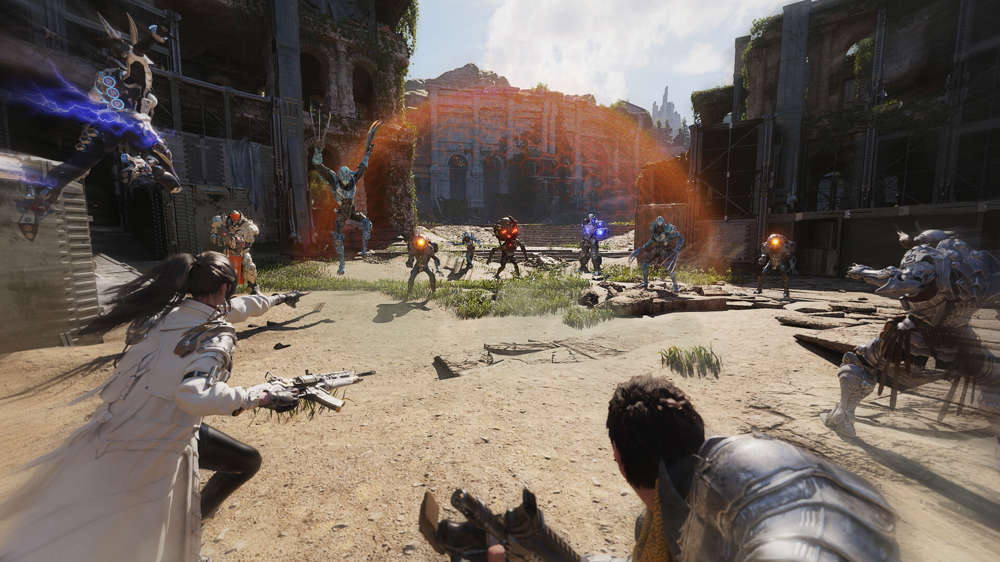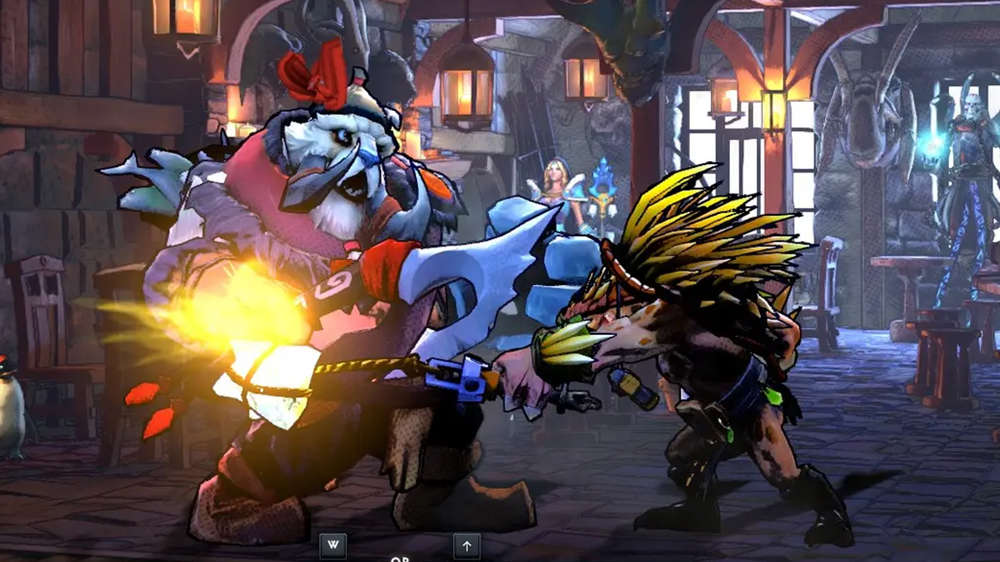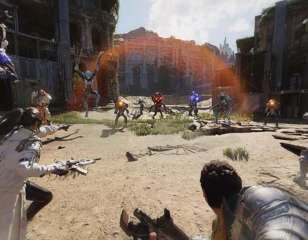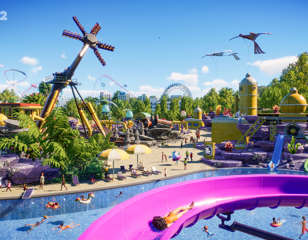Nightingale preview: An ambitious foray into the Realms between
Nightingale isn't the first survival crafting game to hit storefronts, and it won't be the last - but what sets Inflexion Games' stab at the genre different from the rest? Find out in GGRecon's preview.

Joshua Boyles
12th Feb 2024 16:00
Images via Inflexion Games
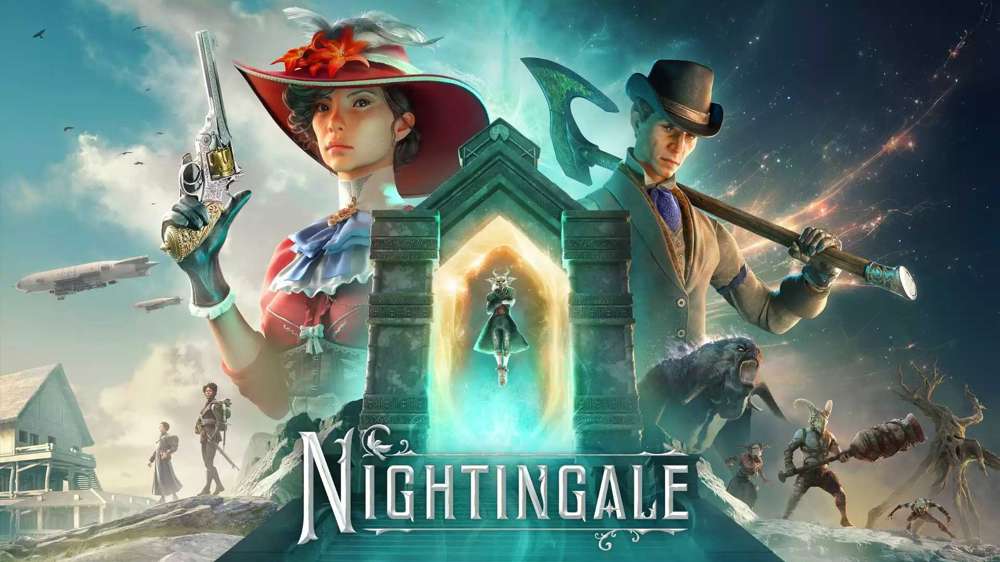
Survival crafting games are hardly in short supply at the moment. In the last month alone, we’ve seen Palworld rise to success, Enshrouded bustle onto the scene, and Sons of the Forest is set to hit 1.0 on February 22.
A couple of days before that, Inflexion Studios is set to release its own spin on the genre with Nightingale - set in an alternate historical timeline when magical forces accelerated humanity's development in the early 1500s.
With such saturation in the market, you might wonder what separates Nightingale apart from the rest. After spending a good few hours with the game, much of that in co-op, it’s clear that the answer is a great deal.
Embark on a realm-hopping adventure
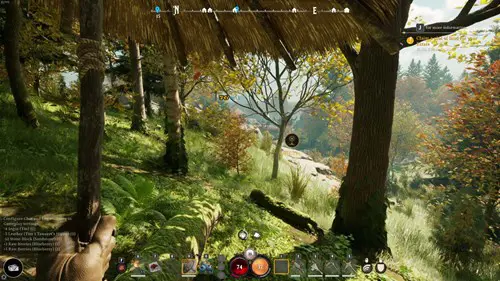
Nightingale starts out much like any other survival game. After a short tutorial, you’re thrown into a procedurally generated world and tasked to fend for yourself - harvesting, hunting, and crafting your way out of problems. There’s health and stamina to consider, and status effects like heat and wetness are all at play here.
What immediately strikes you is that Nightingale offers possibly one of the prettiest procedurally generated open worlds I’ve ever seen in a game. Built using Unreal Engine 5, the game takes advantage of Nanite technology, resulting in scenes that could genuinely fool someone into thinking it was a photograph.
Inflexion says that modern technology is at the forefront of its priorities when creating Nightingale, and it’s not long before it becomes apparent why that is. The first world you enter isn’t the only world available to you - there’s an entire universe of Realms ready to explore once you gather the means to do so.
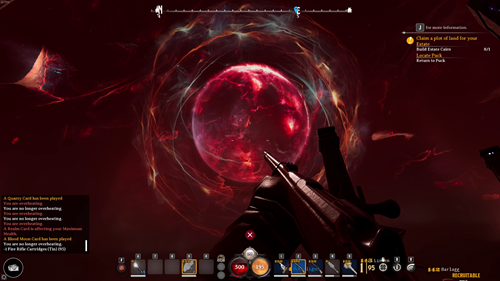
In each Realm, you’ll find an ancient temple-like building which houses a Realm Portal. Here, you can play what are essentially playing cards, each of which denotes a certain variable about the Realm you’re trying to travel to.
There are three types of cards to keep in mind: Biome, Major, and Minor. The Biome card denotes one of three biomes that will be available when Nightingale launches in early access. At the moment, that’s either a Swamp, Desert, or Forest. Each has its own pros and cons, with the main motivation to choose one over the other being the resources available in that biome.
Major cards adjust the theming and the difficulty of the Realm you’re travelling to, while Minor cards can adjust more finicky variables. For example, one of the Realms we travelled to in our co-op session had a Blood Moon in play, which meant it was permanently nighttime and the enemies were way more dangerous. Another minor card gave us all low gravity, so we were hopping across the map at a rate of knots.
Eventually, you can build portals to other realms in your own Estate, Nightingale’s version of a home base. As you dump more and more hours into the game, you can essentially end up with an interconnected highway of Realm Portals, each taking you to various worlds with plenty to see and do in each of them. If you ever played the Mystcraft mod for Minecraft, it’s a lot like that - swapping voxels for photorealistic rendering.
Nailing the basics
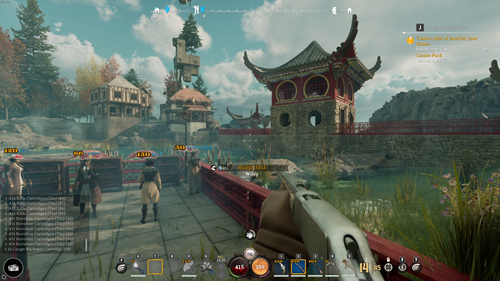
If this all sounds a little convoluted, that’s because it is to a certain degree. Thankfully, there’s a good deal of headroom before you’re able to take part in these Realmwalking mechanics. You’ll first need to establish your Estate using the tried and tested survival mechanics that most players have come to know and love.
Inflexion isn’t reinventing the wheel here. You’ll need to chop down trees for wood, pick up stones from shorelines, and do a plethora of other harvesting tasks that other survival games have implemented plenty of times before.
During our preview time, there sadly wasn’t too much to set this kind of busywork apart from the competition. However, there are some neat quality-of-life features to speed up the process. You can hire an NPC to assist with the monotonous tasks, like felling trees for example. Building structures aren’t quite as freeform as it is in Enshrouded, but you can simply place down a template of where you want your structure to go and dump the resources on top, building the object almost instantly.
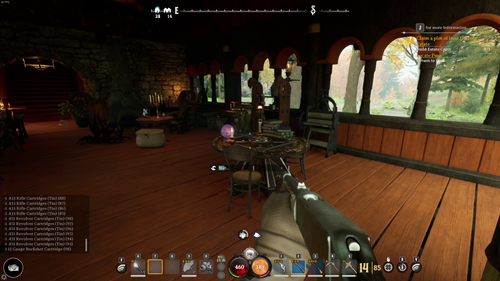
And the design team has gone to town with the sort of estates you can create. There’s a plethora of styles to choose from when designing buildings, and many of them snap together cleanly, no matter how jagged the terrain. Once a structure is built, there’s an almost Argos catalogue-length list of items you can use to decorate it all, with interiors capable of looking like an idyllic fantasy-themed Pinterest board.
During our co-op preview, we were guided to a settlement that a developer had made earlier, and you could easily be mistaken for thinking it was all pre-made as part of the procedural generation. With a gorgeous pond forming into a waterfall over the cliffside below, this estate had everything from towers to bridges and even a sunset viewing platform. To say it was built from scratch by players was an incredibly impressive feat.
So, while Nightingale doesn’t move the needle much in terms of its core survival mechanics, its foundations are firmly rooted with robust mechanics that should stand the test of time. Even if you didn’t want to touch the Realmwalking mechanics, there’s enough here to satisfy those looking for a competent fantasy base-builder.
Games as a place

What a lot of Nightingale’s core development pillars all boil down to is building up ‘a game that also feels like a place’, a phrase used by lead developer Aaryn Flynn. Flynn built up his seasoned reputation from his work at Bioware on the Mass Effect series and was a prominent figure in our preview sessions, answering our questions at every turn.
I get the impression that he has a strong vision for this ‘gaslamp fantasy’, which is exemplified by the fact that the online servers for Nightingale will all be hosted natively by Inflexion. There’ll be no need to fork out cash for server fees (or any microtransactions at all, for that matter), with characters, Realms, and Estates all existing persistently online.
These Realms are meant to be an extension of our own, hosting meetups with friends whether they wish to craft and quest together, or simply hang out. It invokes similar ambitions to other MMO-style games like Destiny, World of Warcraft, or Second Life, but in a crafting/survival wrapper. This is exemplified further when you consider that progression is tied to your character, not your world.
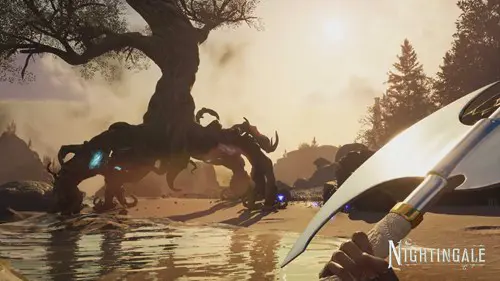
What all of this translates to is a realm-walking adventure that feels genuinely epic. In our co-op session, we embarked on a six-player quest to hunt down an Apex Predator, one of the largest animals you can chase down in the game. With our six players and accompanying NPCs, trudging through the swamps while fending off ogres and giant frogs felt like a heartfelt escapade, each of us pulling our weight in terms of damage and healing with our magic-imbued weapons.
We were also given a glimpse into the endgame content of Nightingale, which occurs once you reach an area called ‘The Watch”. Inflexion directly compared this to The Tower in Destiny, and touted it as a hub for most of the game’s more advanced modes of play. We delved into a Vault dungeon, which formed a series of challenge rooms ranging from combat to puzzles and even parkour.
Reaching The Watch takes a significant amount of time, but it’s supposedly the end of the beginning for early Nightingale players. With the game launching into early access, there’s still a ton more content that the team is looking to bring to the table, including new Realm cards, Vault dungeons, Apex creatures, tools, and much more.
When asked how long Inflexion expects Nightingale to last in early access, Keller told me that the current timeline is about a year. However, this could change as development continues. Either way, regular content drops are planned to keep players entertained with new content.
Final Thoughts
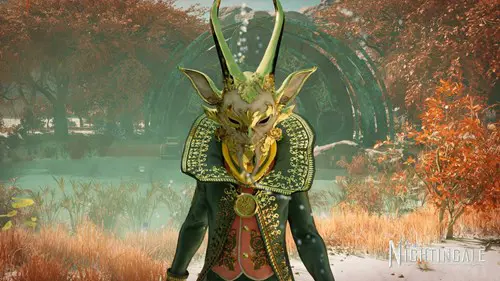
I ended my time with Nightingale hungry for more. After exploring just a handful of the Realm combinations currently available, it’s clear that the allotted time only scratched the surface of what’s possible in this ambitious game.
Making the basic survival game loop so similar to other titles risks losing players in the early stages of the game, but I think it’s a smart decision. Nightingale is like a great pie - once you break through that flaky pastry topping, it’s the meat in the middle that satiates the desire for more.
Nightingale is set to launch in early access on February 20, 2024 for PC.

About The Author
Joshua Boyles
Joshua is the Guides Editor at GGRecon. After graduating with a BA (Hons) degree in Broadcast Journalism, he previously wrote for publications such as FragHero and GameByte. You can often find him diving deep into fantasy RPGs such as Skyrim and The Witcher, or tearing it up in Call of Duty and Battlefield. He's also often spotted hiking in the wilderness, usually blasting Arctic Monkeys.

